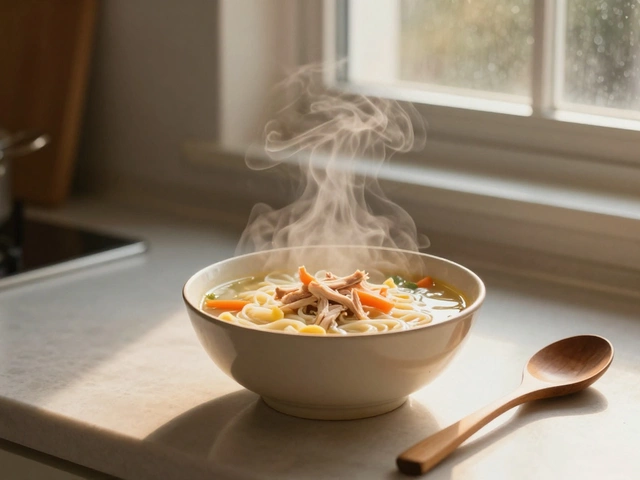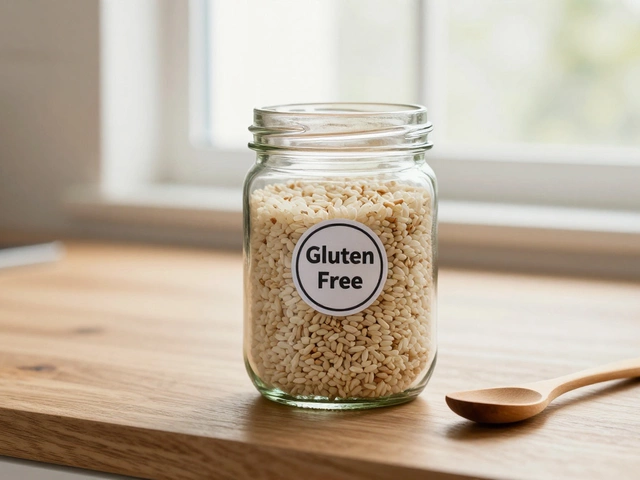Slow Cooker Tips: Safe, Simple, and Delicious
Got a crockpot sitting on your countertop? You’re not alone. Slow cookers make dinner easy, but a few mistakes can turn a tasty meal into a food‑safety headache. Below are the most useful tips you can start using today, whether you’re a first‑timer or a seasoned slow‑cooker fan.
Avoid Common Mistakes
Don’t leave meat on the warm setting overnight. The warm mode keeps food around 140°F, which is still inside the “danger zone” where bacteria multiply fast. If you need to keep a dish warm, finish cooking, then refrigerate it within two hours.
Never put raw chicken straight into the cooker without liquid. Chicken releases juices that need a bit of broth or sauce to stay moist and cook evenly. Adding at least a half‑cup of liquid prevents dry meat and helps the cooker reach safe temperatures faster.
Watch the temperature. The safe range for slow cooking is 165°F for meat. Use a meat thermometer if you’re unsure. Reaching this temperature kills harmful bacteria and guarantees the food is safe to eat.
Don’t overload the pot. Filling the crockpot more than three‑quarters full blocks steam circulation, slowing down cooking and risking under‑cooked spots. Leave room for the food to bubble and move.
Avoid certain foods. Some items, like dairy thickened with flour, can curdle or separate over long cooking times. Add these near the end of the cycle to keep texture smooth.
Make the Most of Your Crockpot
Now that you’ve sidestepped the risky moves, let’s boost flavor and convenience.
Layer ingredients wisely. Place root vegetables (carrots, potatoes) at the bottom because they take longer to soften. Put meats on top so they stay moist and get the most heat.
Use the right size. A 5‑quart cooker is perfect for a family of four. Bigger models waste energy if you only fill them halfway.
Prep ahead. Chop veggies and measure spices the night before. Store everything in a zip‑lock bag, then dump it into the pot in the morning. You’ll have a hot, ready‑to‑eat dinner with minimal effort.
Brown meat first. A quick sear in a pan adds caramelized flavor that a slow cooker can’t create on its own. It takes a few extra minutes but the depth of taste is worth it.
Finish with fresh herbs. Adding cilantro, parsley, or a squeeze of lemon right before serving brightens the dish and balances the long‑cooked richness.
With these tips, your slow cooker becomes a reliable kitchen sidekick. You’ll avoid food‑safety pitfalls, keep textures perfect, and serve meals that taste like they took hours of hands‑on work—even though the crockpot did most of the job.
Give one of these tricks a try tonight. You’ll be surprised how much easier dinner can be, and how often family members ask for seconds.
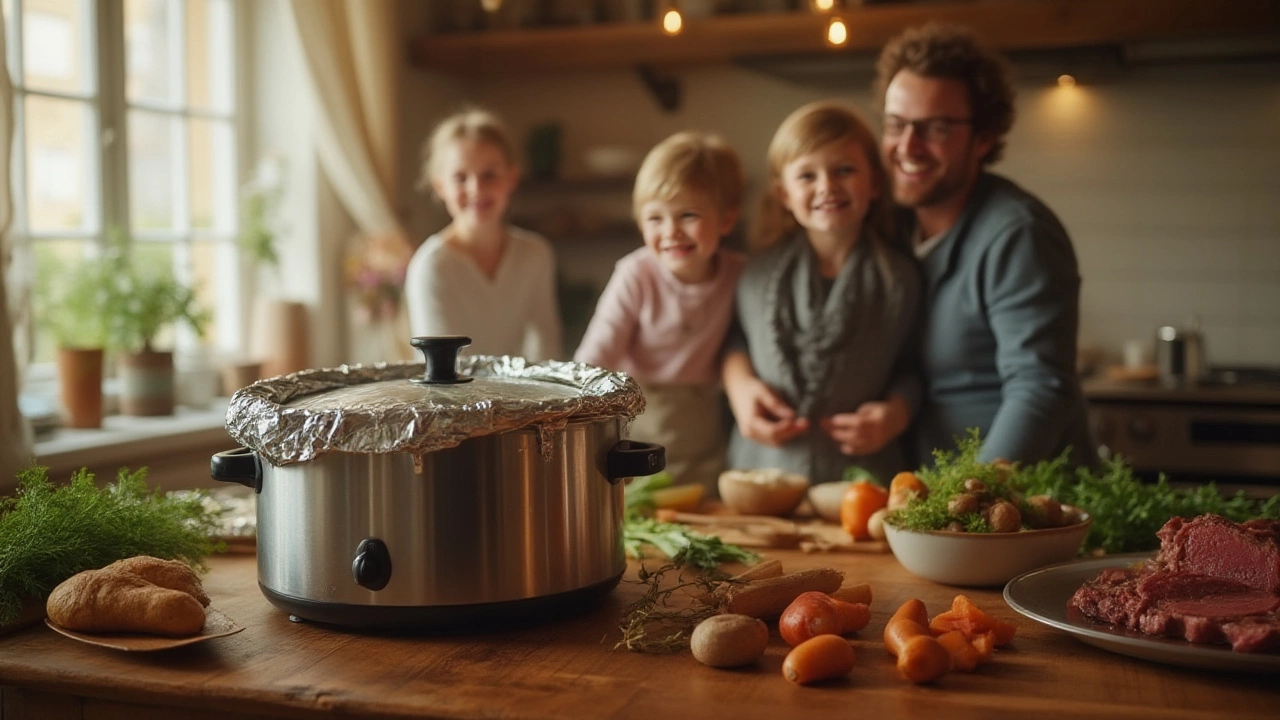
Foil Under Slow Cooker Lid: The Secret for Better Meals
by Landon Weathers / 16 Jul 2025Discover why putting foil under your slow cooker lid is the secret weapon for better stews, tender meats, and no more watery dinners. Master this easy kitchen trick.

Do Slow Cookers Use a Lot of Electricity? Surprising Savings Explained
by Landon Weathers / 21 May 2025Ever wondered if your slow cooker is secretly running up your electric bill? This article breaks down exactly how much electricity slow cookers use and compares them to other kitchen appliances. You'll get real numbers, money-saving tips, and find out if these kitchen workhorses deserve their budget-friendly reputation. Discover how smart cooking can actually put more money back in your pocket. Get ready for practical advice you can use tonight.
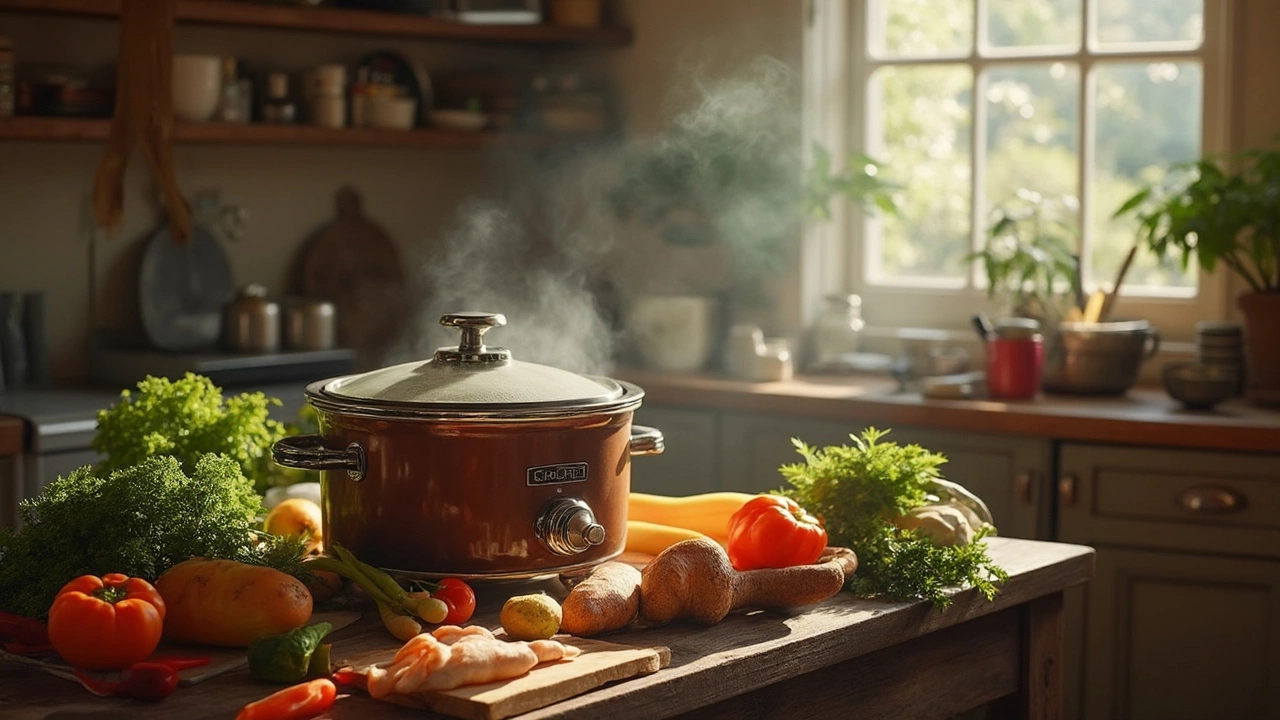
Is 3 Hours on High the Same as 6 Hours on Low Slow Cooker?
by Landon Weathers / 4 Apr 2025Ever wondered if you can substitute 3 hours on high for 6 hours on low in your slow cooker? This article explores whether these cooking times are truly interchangeable and provides practical tips for making the most out of your slow cooker. Knowing these differences can help you create perfect meals without the guesswork. From understanding heat distribution to recognizing what works for different ingredients, we've got the insights you need. Let’s unravel this slow cooking mystery together.
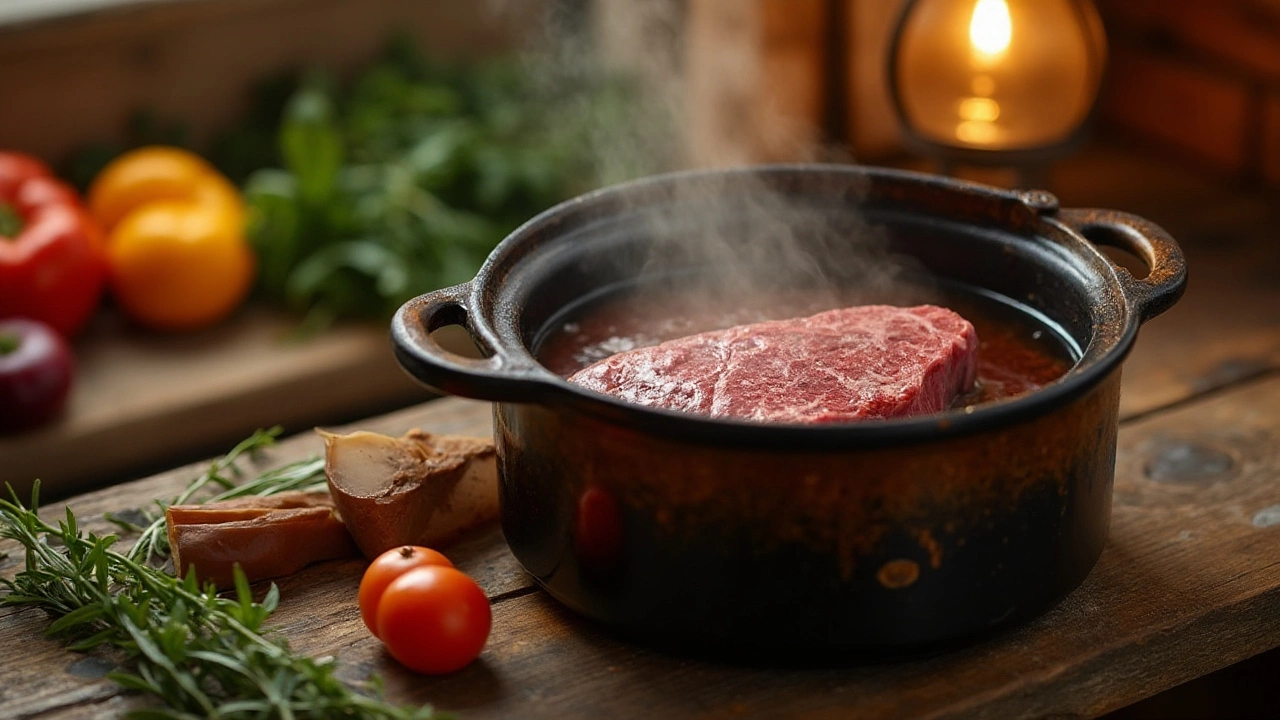
Is Submerging Meat in Your Slow Cooker Necessary for Best Results?
by Landon Weathers / 14 Dec 2024Discover whether submerging meat in your slow cooker is essential for the best culinary results. While many are familiar with slow cooking as an effective method for tenderizing meat, there remains debate about whether it must be entirely covered with liquid. This article explores the science behind slow cooking, popular preferences, and the practical tips to ensure that your meals come out flavorful and juicy every time.



